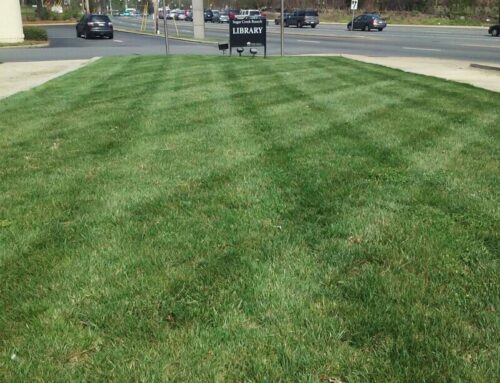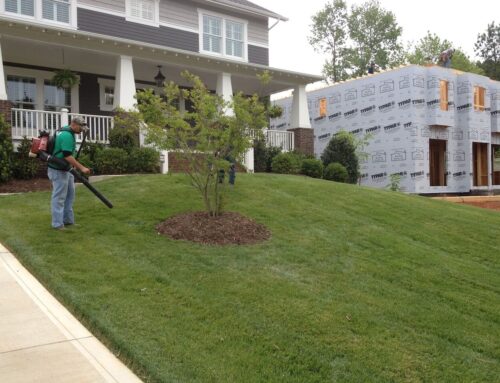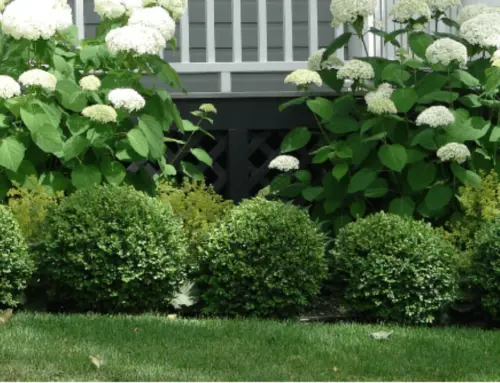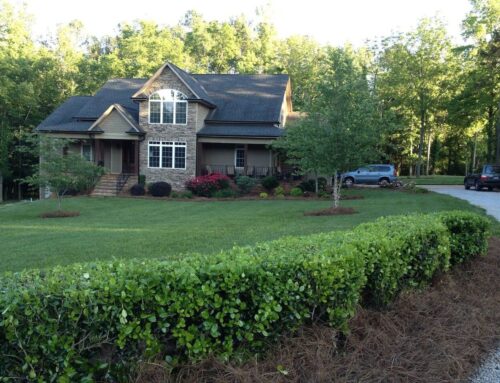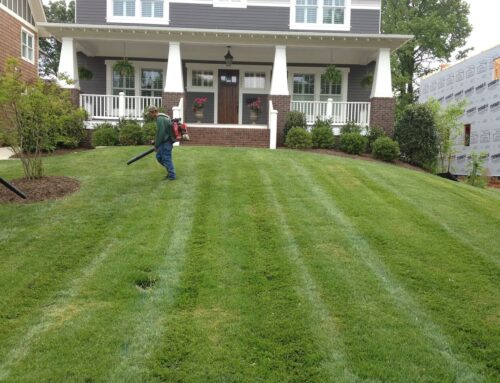Xeriscaping is a practical philosophy designed for arid climates. It focuses on water conservation through drought-resistant plants and innovative gardening techniques. This approach minimizes the need for water beyond what the natural environment provides, reducing reliance on irrigation. Many homeowners also find that xeriscaping can help reduce unwanted pests and wildlife, making it one of the effective ways to keep snakes away by limiting shady, overgrown areas and excess moisture that attract them.
By selecting native plants well-adapted to local conditions and utilizing materials such as rocks and gravel to minimize water loss, xeriscaping conserves water and decreases maintenance requirements.
Xeriscaping can transform gardens into sustainable, low-water landscapes that thrive in dry conditions while providing a serene and natural outdoor space.
What are the key benefits of xeriscaping for homeowners in dry climates?
Xeriscaping offers several critical benefits for homeowners in dry climates, making it an increasingly popular landscaping choice:
- Water Conservation: The primary advantage of xeriscaping is its ability to reduce water usage significantly. By incorporating drought-resistant plants and minimal turf areas, xeriscaping can decrease water use by up to 50-75%. This is particularly beneficial in arid regions where water conservation is crucial.
- Lower Maintenance: Xeriscaped gardens require less maintenance than traditional landscapes. They need minimal watering, little to no mowing, and reduced fertilizing and pesticide applications. This saves time and effort and reduces the cost of garden upkeep.
- Cost Savings: Reduced water usage and lower maintenance requirements lead to significant cost savings. Homeowners save on water bills, lawn care services, and gardening supplies. Initial costs for setting up a xeriscape might be higher due to the planning and materials required, but the long-term savings often outweigh these initial investments.
- Environmental Benefits: Xeriscaping promotes a healthier environment by reducing the need for chemical fertilizers and pesticides, which can leach into and contaminate groundwater. Additionally, using native plants enhances local biodiversity by providing habitats for local wildlife.
- Aesthetic Appeal: Despite its practical advantages, xeriscaping offers diverse and appealing aesthetic options. Homeowners can create stunning, unique landscapes that feature a variety of textures and colors from native plants, stones, and mulches, enhancing curb appeal and potentially increasing property value.
Xeriscaping is an effective strategy for homeowners in dry climates looking to create sustainable, low-maintenance, and beautiful landscapes while enjoying significant water and cost savings.
How can I create a beautiful xeriscape garden without sacrificing visual appeal?
Creating a visually appealing xeriscape garden, even in arid conditions, involves thoughtful planning and design emphasizing variety, Color, and structure. Here are some critical steps to help you design a beautiful xeriscape that is both functional and attractive:
- Plan Your Layout: Start with a straightforward design that defines areas for plants, paths, and features such as rocks or decorative elements. Consider the natural flow of your space and how you want to move through it. Designating zones for different uses, such as a seating area or a focal point like a fountain or sculpture, can add interest and functionality.
- Select a Variety of Plants: Choose a mix of drought-resistant plants that offer various textures, sizes, and colors. Incorporate flowering plants like Lavender, Sage, and Coneflower for vibrant blooms, and use grasses like Blue Grama or Buffalo Grass for texture. Succulents and cacti can add sculptural elements. Remember to layer your planting with taller plants in the back and shorter ones in the front to create depth.
- Use Color Wisely: While greens are common, don’t avoid plants with silver, red, or blue foliage to add visual interest. Seasonal color changes and flowering cycles can also create a dynamic garden that changes throughout the year.
- Incorporate Non-Plant Elements: Stones, pebbles, and gravel can fill spaces between plants, reducing water loss and adding textural contrasts. Consider using decorative rocks or boulders as natural art pieces. Hardscaping, like paths and walls made from natural materials, can enhance the garden’s aesthetic and help define spaces.
- Improve the Soil: Good soil health helps plants thrive with less water. Incorporate organic matter to improve water retention and drainage. This step is crucial in areas with poor soil to support healthy plant growth.
- Add Mulch: Mulching is essential in xeriscaping as it conserves moisture, suppresses weeds, and gives your garden beds a finished look. Organic mulches like wood chips or bark are visually appealing and improve the soil as they decompose.
- Consider Lighting: Strategic lighting can enhance the garden’s beauty, making it enjoyable day and night. Use solar lights to illuminate paths, spotlight plants, or highlight certain features without increasing energy use.
By carefully selecting diverse plants and integrating various non-plant elements, you can create a xeriscape garden that is both beautiful and sustainable, proving that low-water landscapes do not have to sacrifice visual appeal for functionality.
Which plants are best suited for xeriscaping in my specific region?
To determine the best plants for xeriscaping in your specific region, it’s crucial to consider the local climate, soil conditions, and available water resources. However, since I have not determined your exact location, I’ll provide a general guide to choosing suitable plants based on various climate zones. Here’s how to go about it:
- Check Your Hardiness Zone: Knowing your USDA Hardiness Zone can help you select plants that thrive in your local climate. This zone indicates the minimum temperatures that plants can tolerate.
- Native Plants: Native plants are always a good choice for xeriscaping because they are adapted to the local climate and soil conditions. They require less water and maintenance once established and help support local wildlife.
- Drought-Tolerant Non-Native Plants: In addition to native species, there are non-native plants that are drought-tolerant and can adapt well to different environments. Examples include Lavender, Sedum (Stonecrop), and various succulents like Agave and Sempervivum.
- Visit Local Nurseries and Botanical Gardens: These places often have plant sales and staff who can advise on plants that do well in your area. Botanical gardens might also display xeriscaping examples using local plants.
- Consult Cooperative Extension Services: Your local cooperative extension service can provide valuable resources, including your region’s plant lists and care guides.
For example:
- In the Southwest (like Arizona and New Mexico), consider plants like Agave, Yucca, Penstemon, and native grasses such as Buffalograss.
- In California, options include California Poppy, Salvia, Manzanita, and Ceanothus.
- In the Southeastern states, look for drought-resistant choices like Sedum, Coreopsis, and various ornamental grasses.
Focusing on plants well-suited to your specific environmental conditions and consulting local resources can help you create a resilient and attractive xeriscape garden. If you let me know your particular region, I can offer more tailored plant suggestions.
What are some common misconceptions about xeriscaping that homeowners should be aware of?
Xeriscaping, while increasingly popular, is often misunderstood, leading to several common misconceptions that homeowners should be aware of:
- It’s Only Cacti and Rocks: One of the most prevalent misconceptions is that xeriscaping solely involves using cacti and rock gardens. While these elements can be part of xeriscaping, especially in desert climates, the approach is much broader. It includes a variety of drought-resistant plants that can make landscapes lush and colorful.
- It Looks Barren or Unattractive: Some homeowners worry that a xeriscaped yard will look sparse or uninviting. However, with the proper selection of plants and thoughtful design, xeriscaped gardens can be vibrant and full of life, offering year-round interest with textures, colors, and blooms.
- It Eliminates Lawns: While xeriscaping reduces lawn areas to conserve water, it doesn’t necessarily eliminate them. Homeowners can opt for a more minor, more manageable patch of drought-tolerant grass that fits their landscape design while conserving water.
- No Maintenance Required: Although xeriscaping is low-maintenance compared to traditional landscaping, it isn’t no-maintenance. Initial efforts to properly design, plant, and establish the garden are crucial, and ongoing care, such as pruning, weeding, and occasional watering during extreme drought, is necessary.
- It’s Only for Desert Areas: While xeriscaping is ideal for arid and semiarid regions, its principles can be applied anywhere water conservation is a priority. Many plants that thrive in xeriscaping are adaptable to various environments, making xeriscaping a viable option for a wide range of climates.
- Watering is Never Needed: Although xeriscaping significantly reduces water use, occasional watering may still be necessary, especially during prolonged dry spells or when establishing new plants. The key is efficient water use, not complete elimination.
By understanding these misconceptions, homeowners can better appreciate the benefits and possibilities of xeriscaping, creating beautiful, sustainable landscapes that fit their aesthetic and environmental conditions.
Explore the Benefits of Xeriscaping With Performance Lawn and Landscapes
Embrace this sustainable landscaping practice that conserves water, reduces maintenance, and provides stunning visual appeal. Beyond its environmental benefits, xeriscaping can also be one of the practical ways to keep snakes away, as it minimizes dense vegetation and excess moisture where they typically hide. Our team is proficient in crafting vibrant, low-water-use gardens featuring a diverse selection of drought-resistant plants and innovative design techniques.
Whether you’re looking to transform your home’s garden or update a commercial property, we have the expertise to develop a xeriscape solution tailored to your needs. Contact Performance Lawn and Landscapes today to start your eco-friendly landscaping transformation!


